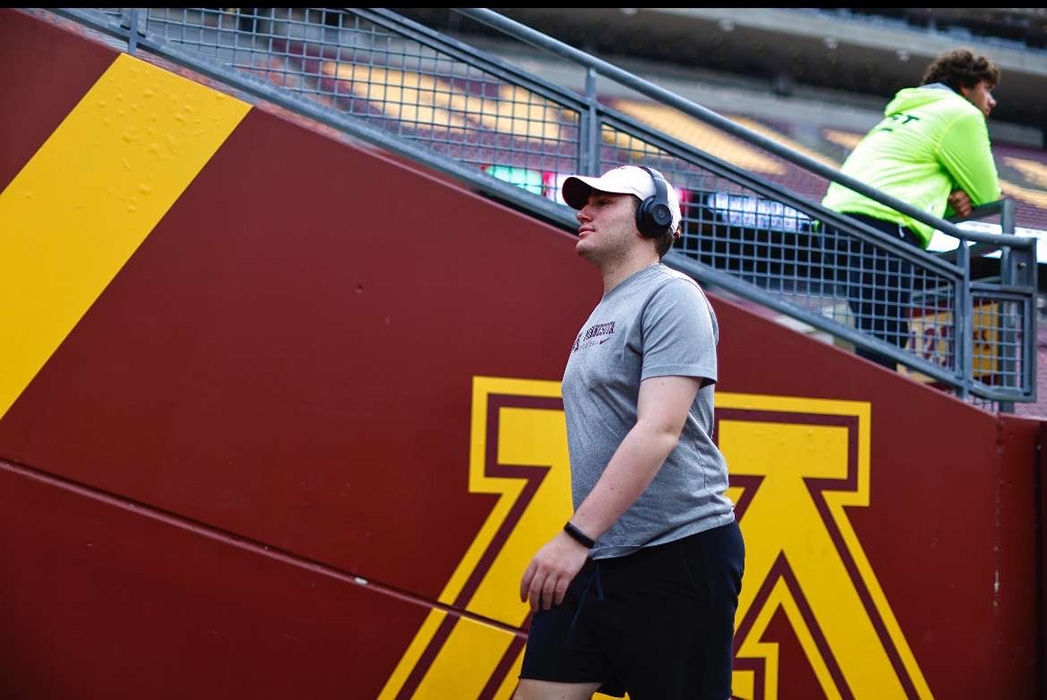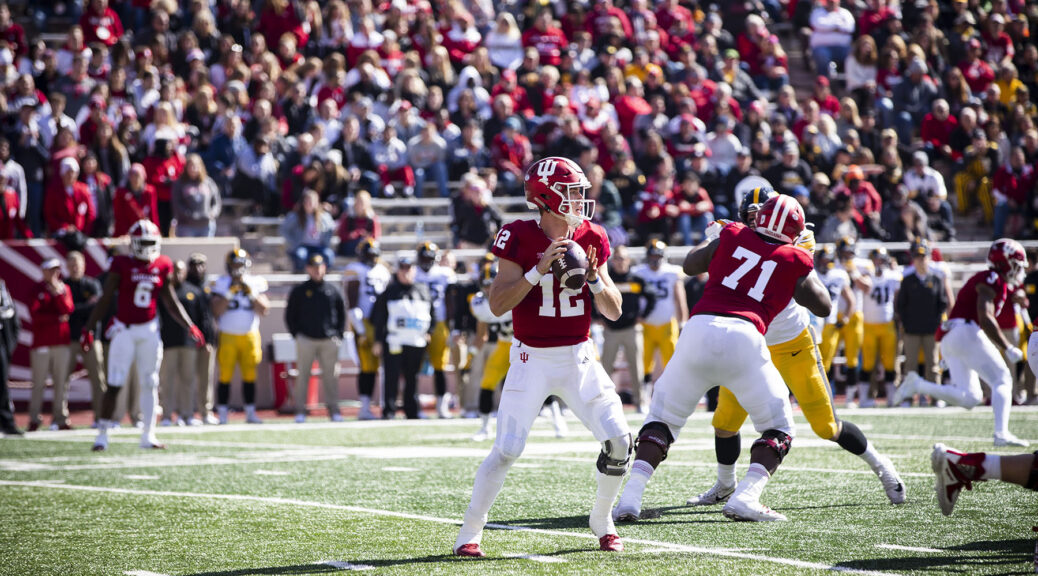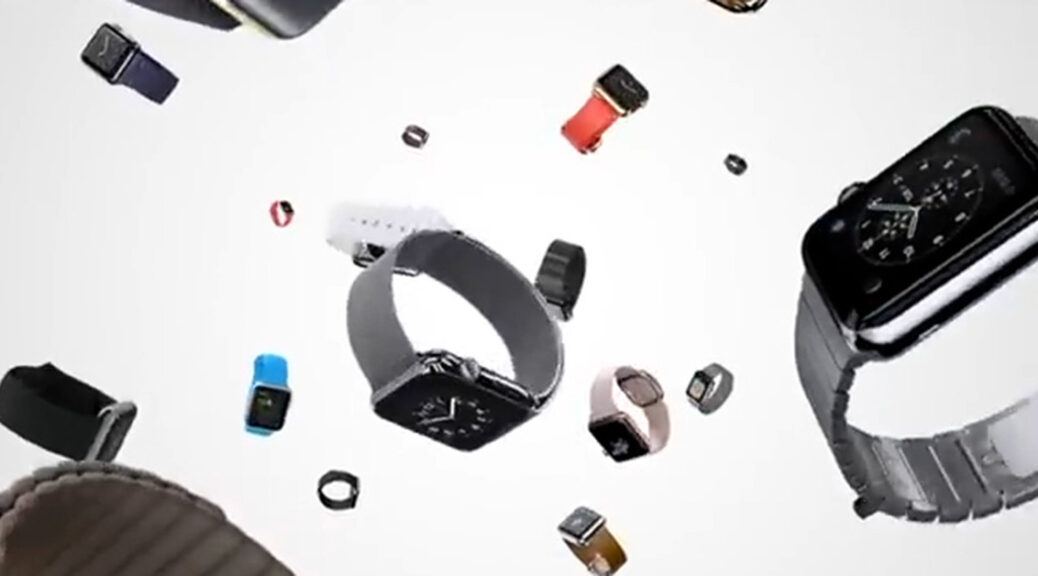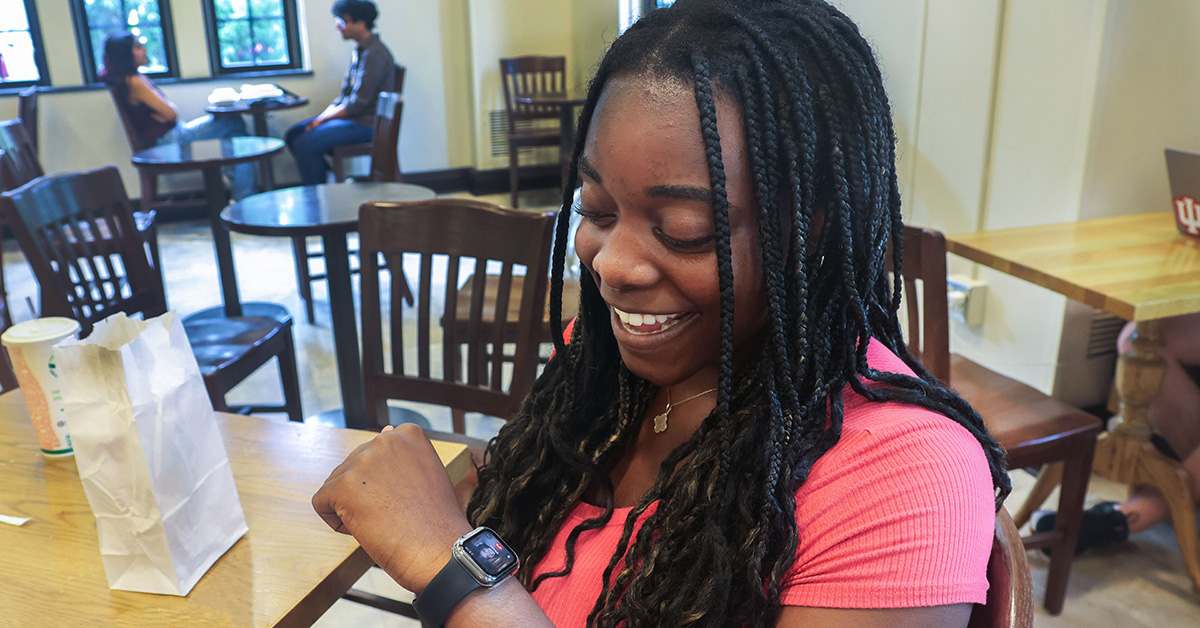Here For The Wrong Reasons? NIL Ruling May Affect Where College Athletes Choose to Play.
By Ty Horvath, Tessa Hoffman and Jillian Bamberger
BLOOMINGTON, IN (Nov. 5, 2024)
NIL – Name, image, and likeness. These are three words that have taken college athletic viewpoints by storm. College athletes making millions from their names have sparked a new conversation about college athletics in the coming years.
Starting in 2021, NIL has given student-athletes that extra leap to embrace their full potential and make a name for themselves. The impact these players can make might change the world of college sports forever. Is NIL changing college sports in a good way, or is this changing in a way that starts the downfall of college athletics? Giving student-athletes so many opportunities to grasp their childhood dreams is possible through NIL. The name on a fan’s back, the image of who they are, and the athlete’s likeness. That’s the goal. Some goals have ups, and most goals have downs. Is NIL taking a toll on athletes? Does NIL play a massive role in choosing a college? NIL has a goal, and with goals come all sorts of conversations and views on whether this goal is achievable.

Building brand relationships through NIL is one of the more significant components of achieving the name, image, and likeness goal for college athletes. Speaking with Matt Bergman, a social media and brand partnership analyst for college athletes through NIL, “Most athletes during the season are pretty hard to stay on top of consistently, some of them take more of an interest towards NIL, but most of them are locking in on the season.” Bergman said. College students can make a name for themselves at such a young age, and money is a part of it. Some athletes may discover a greedy side in them and let money determine the path they decide to take.
NIL itself has made a significant impact on college sports and academics. Whether or not a school offers more money, credible sources make it known that the money aspect of NIL might not be as crucial to the athlete as the entire public thinks. The name, image, and likeness are possible through an athlete’s skill level and how they succeed in the sports realm. While putting NIL opportunities into question for athletes, the money can only happen with that work ethic and person that an athlete would build themselves up to be. Athletes choosing to go based on money more than the academic and athletic part in a university could quickly find themselves in the wrong university and possibly ruin their chances in a career in doing what they love.

Love of the sport is a massive part of the NIL discussion. Dylan Zouber, an offensive line intern for the University of Minnesota football team, also discussed this: “If you’re doing it (playing college sports), why not do it at the highest level that you possibly can?” Zouber said. Playing sports at the Division One level takes a certain amount of passion to achieve a position on a college sports team. Zouber believes that the sport develops the player, and NIL develops the person. Both combined to develop a career. “NIL is the least thing that they (college athletes) are worried about. They love the game and money isn’t really something that they are looking for (at the University of Minnesota).” Zouber said.
As of 2024, compared to 2021, college athletes have different viewpoints of NIL, whether they choose a college based on best fit or simply…money.

This leads to the point of NIL as a whole. Dr. Galen Clavio, a sports media professor at Indiana University, finds it easy to conclude that he knows the name of the game. “Name, image, and likeness is rapidly becoming more and more misunderstood,” Clavio said. This gives the impression that NIL is still new and hard to understand. Society has so many different viewpoints on it, and if it’s as good as everyone claims, it to be. “Its always presented as an either-or. We can either be in practice or focusing on NIL. That’s not really how it works.” Clavio said. Student-athletes that are connected to NIL learn to balance both. The public views that athletes aren’t ready to manage money along with what they contribute to a sport. Clavio backs this up by saying that everyone thinks athletes are incapable of doing these things when simply that’s not true. NIL opportunities affect college athletes, just not as much as the public might think.
Higher-level athletic programs, such as Alabama, Ohio State, and Georgia, are very attractive universities to student-athletes during recruitment. With NIL introduced, the student might have a new way of thinking when choosing schools. Is money a factor? Is playing time a factor? Students may ask themselves, “Is this school for me?” These are all new questions that NIL has brought student-athletes while making their college decision.
Athletes are now ready to make big plays throughout their careers. With it being so new, new conversations change about it every day, and so does NIL. Name, image, and likeness might change the course of the recruitment process, but college athletics have adapted to many things before. Athletes are ready to take NIL head-on and see what it has to offer.
Real people share their views on NIL. In Downtown Bloomington, multiple voices speak their mind.






